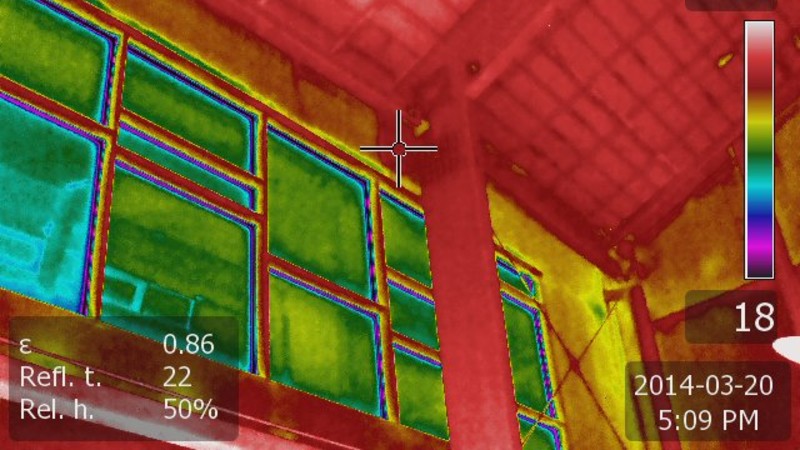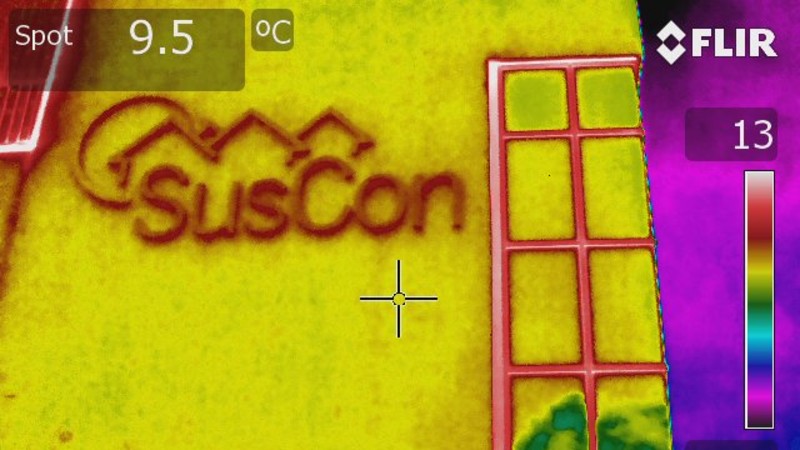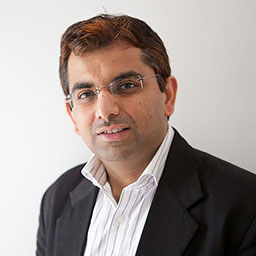The study included:
- Review of handover process and commissioning involving the building team, assessment of natural ventilation strategy and supply chain issues.
- Detailed assessment of annual energy consumption (and generation by biomass boiler) over 2 years using CIBSE 22 procedures. Sub-metering arrangements were calibrated, and energy demand profiles were analysed using BMS data.
- Long-term monitoring of temperatures, humidity and CO2 levels undertaken using data-loggers and CO2 sensors.
- To determine technical performance, spot checks and measurements were undertaken in different seasons, using thermography, smoke pencils and true power meters. Walkthrough surveys identified any wastage of energy.
- This was triangulated with feedback from staff and students using BUS questionnaires to ascertain whether needs were met and any issues aired with usability of controls for ventilation and lighting.
- Structured interviews with management investigated reliability, maintenance and maintainability.
- Findings from the study were captured through interim and final reports, categorising recommendations as no, low, medium and high costs, level of impact and disruption caused.




